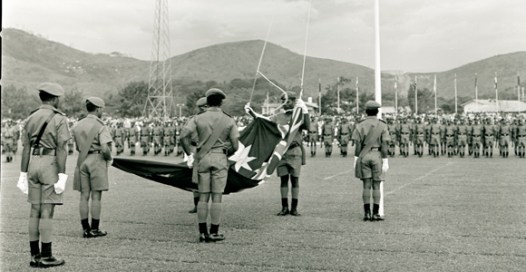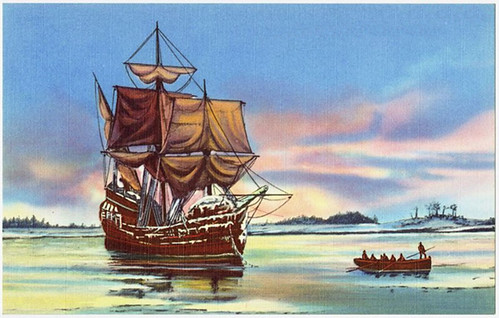Typhoon Nancy, with possibly the strongest winds ever measured in a tropical cyclone, makes landfall in Osaka, Japan, killing 173 people.
Typhoon Nancy, also known as Typhoon Roke in Japan, was a powerful tropical cyclone that struck Japan in 1961. It is one of the most destructive typhoons in the country’s history and left a significant impact on Japan and the surrounding region.
Formation and Track:
Typhoon Nancy originated as a tropical depression in the western Pacific Ocean. It rapidly intensified and developed into a powerful typhoon as it moved westward toward Japan.
Landfall in Japan:
Typhoon Nancy made landfall in Japan on September 17, 1961. The storm struck the eastern part of the country, affecting primarily the Kanto and Tohoku regions. It brought heavy rains, strong winds, and significant storm surge to coastal areas.
Impact:
Typhoon Nancy was responsible for widespread devastation in Japan. Some of the notable impacts included:
Flooding: The heavy rainfall from the typhoon caused severe flooding in many areas, resulting in the inundation of homes, farmland, and infrastructure.
Landslides: The saturated soil led to numerous landslides, which added to the destruction and resulted in loss of life and property.
Strong Winds: The typhoon’s strong winds damaged buildings, trees, and power lines, leading to widespread power outages.
Casualties: Typhoon Nancy caused a significant loss of life. The exact number of casualties varies by source, but it is estimated that hundreds of people died as a result of the typhoon.
Aftermath:
The Japanese government launched extensive relief and recovery efforts in the wake of Typhoon Nancy. These efforts included providing assistance to affected individuals and communities, repairing infrastructure, and conducting search and rescue operations.
Lessons Learned:
Typhoon Nancy served as a wake-up call for Japan in terms of disaster preparedness. It highlighted the need for better early warning systems, improved infrastructure resilience, and disaster management practices to mitigate the impact of future typhoons and natural disasters.
Naming:
Typhoon Nancy’s name was later retired from the list of tropical cyclone names in the western Pacific, as is customary for particularly destructive storms. This practice helps avoid confusion and ensures that the names of such devastating events are not reused in the future.


